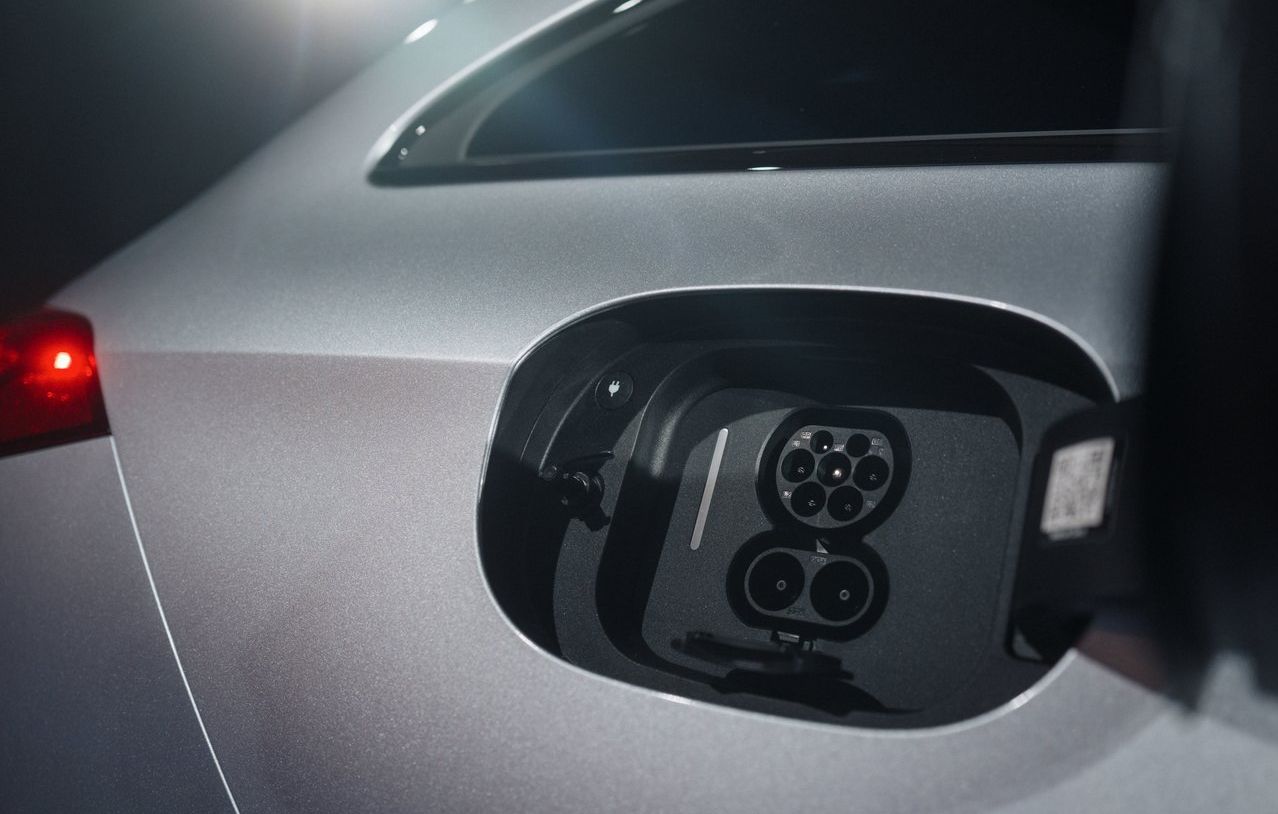
Hi everyone, how are you enjoying the new anime season? While it’s not doing any favors for my ever-growing backlog, I’ve rounded out my must-watch to about four shows: DAN DA DAN, Orb, Blue Box, and Ranma 1/2. Coincidentally, they’re all airing on Netflix this time around. I’m sure I’m missing out on something worthwhile in there; feel free to give me a sales pitch in the comments and I’ll expand my viewing to five shows. Maybe.
Note: This column will routinely include spoilers. Reader discretion is advised.

©Project Symphogear
Symphogear
Why Is It Important?
Symphogear is one (of many) titles on my backlog list due to its status within a fervent subsection of fandom. Symphogear‘s first season originally premiered in 2012, less than five years after Crunchyroll made its foray into legal streaming. The company was not yet financially planted to make the broad-sweeping licensing pick-ups it’s now known for. Symphogear languished in the fansub scene; lack of legal streaming ability stoked fans’ passion for the show across social media. If you recall how the community discussed Girls Band Cry a few seasons ago, that was Symphogear; only it continued for three years. Crunchyroll picked up the rights in 2015. This is all to say that Symphogear‘s English-language fanbase kept awareness alive, enough so that I finally sat down to watch it a decade later.
The series (and eventual franchise) is the brainchild of Akifumi Kaneko and Noriyasu Agematsu. Kaneko is intriguing; his only other work prior to Symphogear seems to be game design. He returned to his roots recently with Armed Fantasia and Pennyblood, a double-crowdfund that raised 379,328,385 yen (US$2.5 million) and is still in active development. Maybe that’s why there’s still no news about the next Symphogear installment.
Agematsu’s foray as an anime creator began after establishing himself as an anisong composer and establishing the musical group Elements Garden, which is the least surprising thing I’ve learned while diving into Symphogear. The same musically-minded man behind Uta no Prince Sama targeted a new demographic with Symphogear and has continued on a steady path since. Both men first collaborated on the Wild Arms series.
Symphogear‘s success is grounded in both of these creators’ experience and the backing of an impressive voice cast (who also sing, of course). The lead Symphogear Adaptors trio is voiced by none other than Aoi Yūki, Ayahi Takagaki, and the unimitable Nana Mizuki. Yuki had began to establish herself, having recently starred in Puella Magi Madoka Magica, but Symphogear was her first opportunity to really show off her singing ability.
Does It Live Up to Its Reputation?
Symphogear and I may have gotten off on the wrong foot. As I elaborated above, fans have gone to bat for this franchise for a decade, but a funny thing happened when I told them I was watching it for The Backlog. I got several versions of “The first season isn’t as good as the rest” and other variations to temper my expectations once it was obvious that I was really, truly going to watch the thing that was hyped up for so long. I’ll be completely honest, I loathe those kinds of excuses. It may very well be true, but you’ve been selling Symphogear with your whole chest. Don’t get cold feet now unless the thing was never really that good.
I’m also a whole-ass adult who works too many hours a week. I don’t believe in giving something a whole season to get good. I don’t have time for that. Fortunately, I don’t feel like my time was wasted on Symphogear, but it’s very unlikely I’ll watch its later seasons. What I did enjoy wasn’t likely the series’ primary goal, while its major selling points are just not For Me™. In a nutshell, Symphogear blends idol music, power armor, thinly-veiled yuri subtext, absurd plot turns, fanservice, and character designs that are very of their time.
Three of those are surefire hits for me, but the combination of the other three wore on my patience. In some ways, Symphogear is the most “anime” series I’ve watched in a hot minute. I can respect that, and it was a refreshing reminder that this medium used to be batshit way more often instead of five forgettable formulations of the same set-up every three months. I enjoyed Symphogear when it was fully committed to its incomprehensible premise of live-singing Bubblegum Crisis girls 45-degree kicking impossibly large swords. I clapped when the antagonist revealed her plan was to destroy the moon so she could once again talk to God. I could also forgive most of its fanservice because it added a new layer of silliness to the whole excursion.
What I could not overcome was the entire series’ visuals. The character designs killed Symphogear for me in the same way that I cannot get on board with Shiki (controversial; I did watch all of it). Genjūrō and Ryōko look like they got lost on the way to mentor roles in a trading card anime. The production often struggled with the complicated hair and suit designs, so characters like Tsubasa teetered toward off-model in most shots.
Similarly, the color design, character designs, and monster designs gave the entire series a juvenile appearance, which ran counter to its on-screen fanservice. Tuning into a show that looks like a Pretty Cure installment, but every once in a while, the camera perspective is an upward angle on one of the girls’ Spatz is jarring. It’s the incongruence that’s the issue; either one separately is fine.
Symphogear also wants to sell its audience on emotional sincerity, but that, too, is undermined by its visual elements. At best, it can be treated as melodrama that accentuates its absurdity. Your ability to suspend your disbelief may be better than mine, but I was unable to genuinely connect with these characters. Except Miku. Protect Miku at all costs.
Watch It or Remove It?
Symphogear‘s first season isn’t my flavor. I’d give it the ol’ three-episode test if it’s on your backlog to see if you can play ball with its appearance and tone. Otherwise, there’s not enough time to wait on this one to course-correct.
Final Verdict: Nah.
Title: Symphogear
Media Type: TV Series
Length: 13 episodes
Vintage: 2012
Genres: Sci-fi/Action/Musical
Availability
(U.S.) Streaming: This season (and all subsequent seasons) are streaming on Crunchyroll Home Video: Discotek released the series on Blu-ray in 2020. It’s still in stock and retails for US$39.95.
this article has been modified since it was originally posted;
see change history








